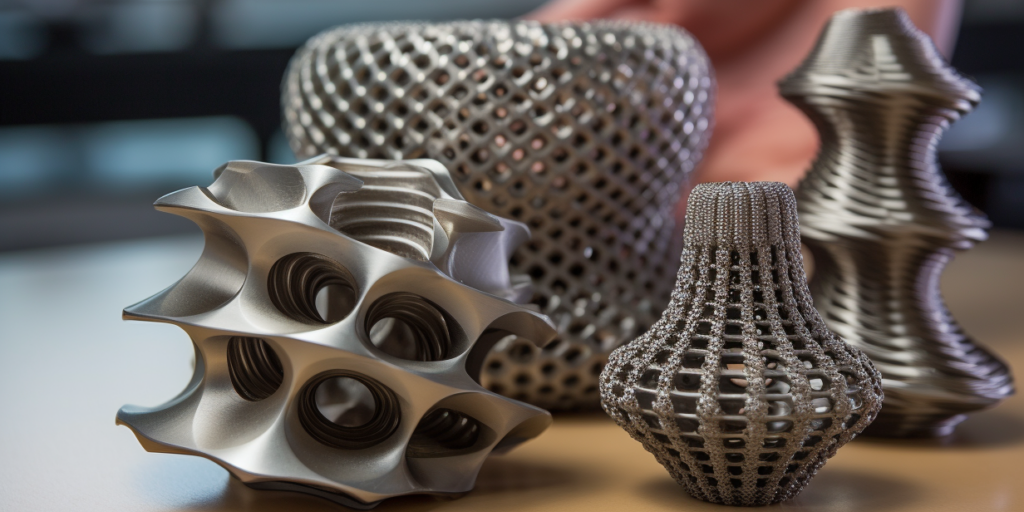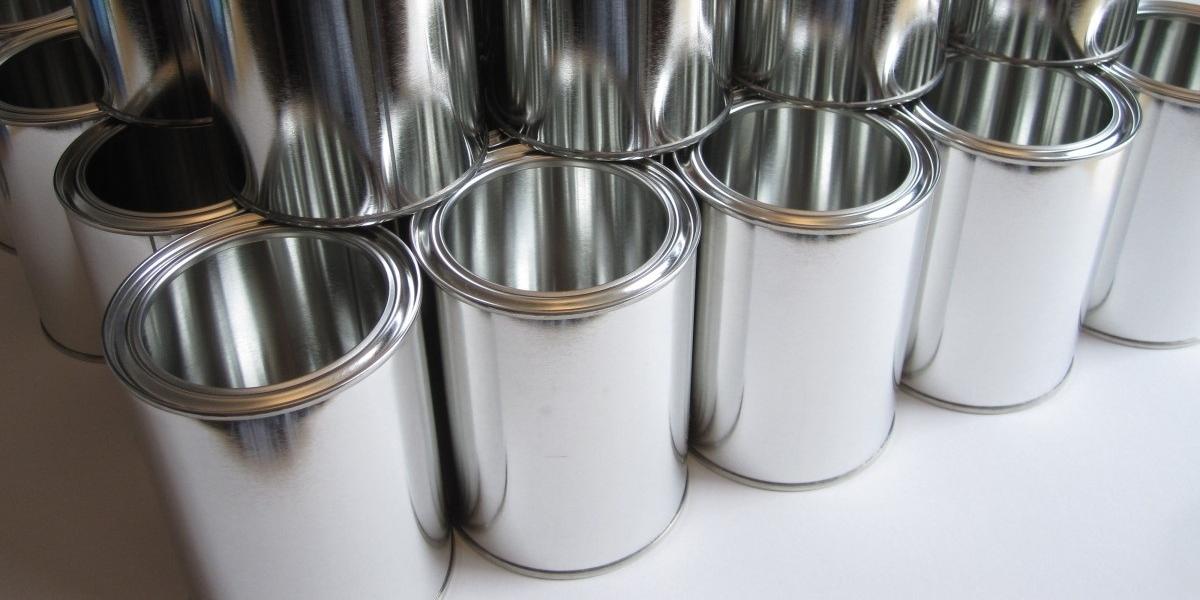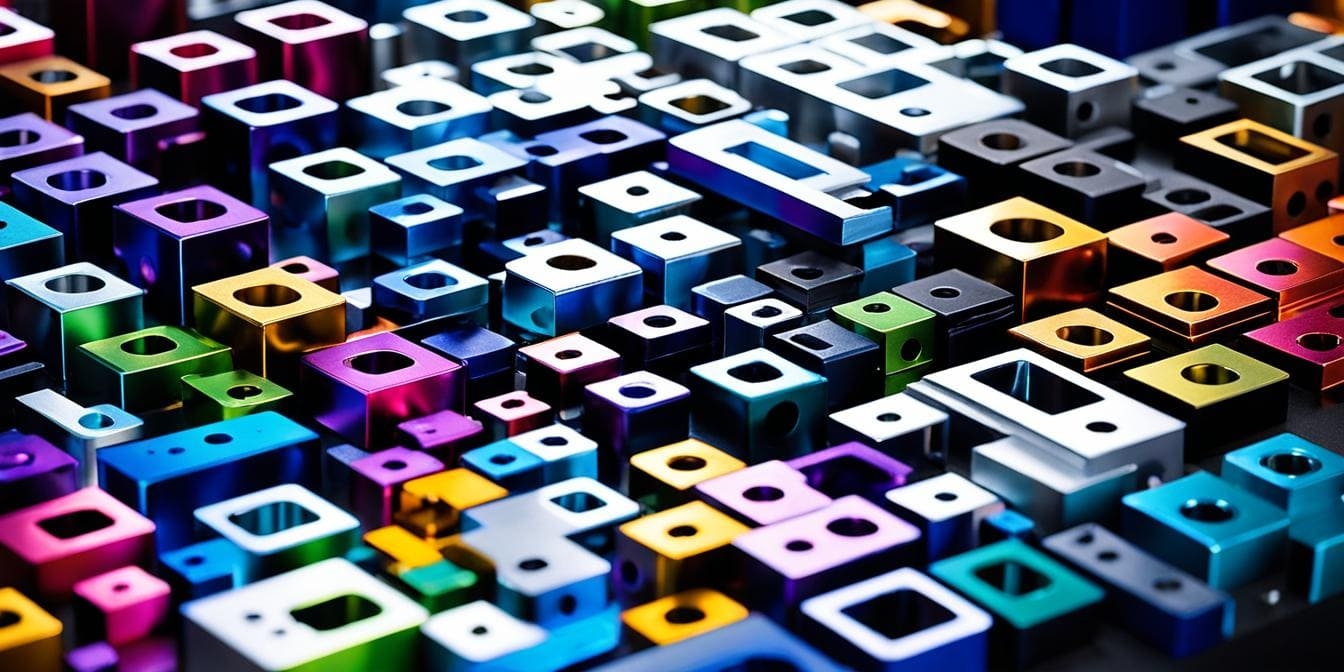What is a CNC Fixture?
In the precision-driven era of Industry 4.0, CNC fixtures act as the bedrock of manufacturing excellence, anchoring materials with unshakable stability to achieve micron-level accuracy. As industries chase leaner workflows and zero-defect outputs, selecting the right CNC fixture—modular, hydraulic, or custom—is critical for maintaining speed and competitiveness.
These systems do more than secure parts; they streamline cycle times and adapt to high-mix or high-precision demands. By pairing robust CNC fixtures with strategic workholding practices, manufacturers unlock agility, minimize downtime, and safeguard quality—ensuring every production run meets today’s exacting standards.
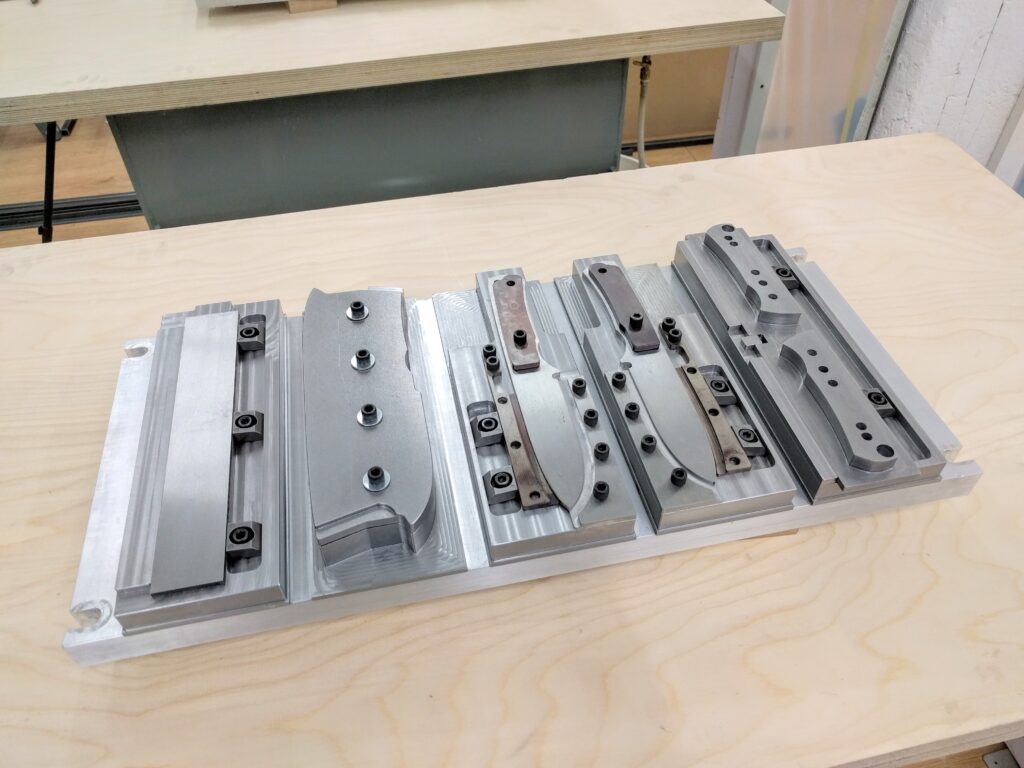
What Are the Common Benefits of Using Workholding Fixtures?
In precision machining, workholding fixtures—especially CNC fixtures—are the quiet helpers that keep parts steady during cuts. They ensure every piece is made the same way, cutting down on mistakes and wasted materials. Imagine them as reliable teammates that turn “almost right” into “perfect,” even when your machine is working at top speed.
CNC fixtures aren’t just strong—they’re flexible, too. They handle tricky shapes and quick changes between jobs, saving time without extra hassle. The best part? They work tirelessly (no coffee breaks needed), so you get parts faster, cheaper, and with fewer headaches. After all, who doesn’t want a tool that does the hard work without complaining?
Types of CNC fixtures
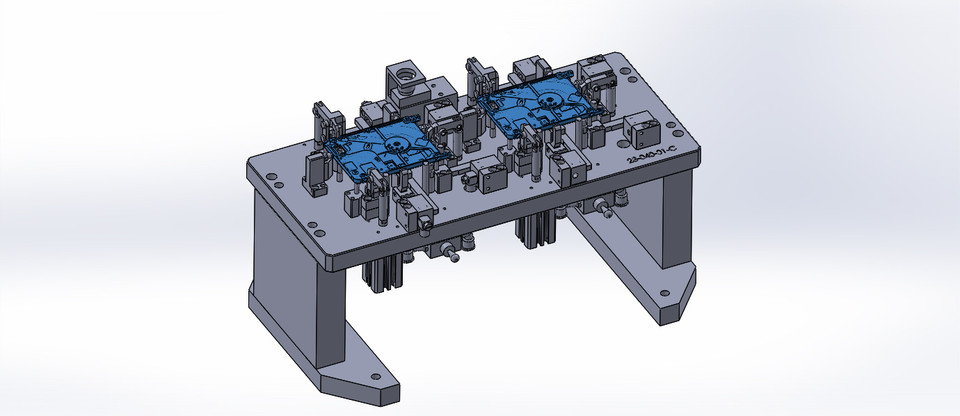
Classified by equipment
- Modular Fixtures and jigs and fixtures provide versatility in various manufacturing processes.: Pre-engineered, reusable components (like clamps and plates) that adapt to multiple part shapes—ideal for high-mix, low-volume production.
- Plate Fixtures: Flat, customizable bases with drilled holes or T-slots for securing parts—common in milling and drilling operations.
- Tombstone Fixtures: Vertical blocks that hold multiple parts for multi-sided machining, maximizing machine uptime in high-volume runs.
- Vise-Based Fixtures: Standard or custom vises with adjustable jaws for gripping irregular or delicate workpieces without distortion.
Classified by use
- Machining Fixtures: Designed to stabilize parts during cutting, drilling, or milling—critical for maintaining tight tolerances under heavy loads.
- Assembly Fixtures: Hold components in precise alignment for welding, fastening, or bonding—ensuring consistency in complex builds.
- Inspection Fixtures: Secure finished parts for quality checks, guaranteeing they meet design specs before leaving the shop floor.
- Welding Fixtures: Clamp parts in fixed positions to prevent warping during high-heat processes—key for automotive and aerospace fabrication.
Classified by power source
- Manual Fixtures: Operated by hand (screws, levers)—cost-effective for small batches but slower for repetitive tasks.
- Hydraulic Fixtures: Use pressurized fluid for high-force clamping, perfect for heavy-duty machining in industries like aerospace.
- Pneumatic Fixtures: Air-powered clamps enable rapid setup changes, ideal for high-speed production lines (e.g., automotive).
- Vacuum Fixtures are essential in the production process for holding delicate parts securely.: Suction-based holding for flat or fragile materials (like composites) without surface damage.
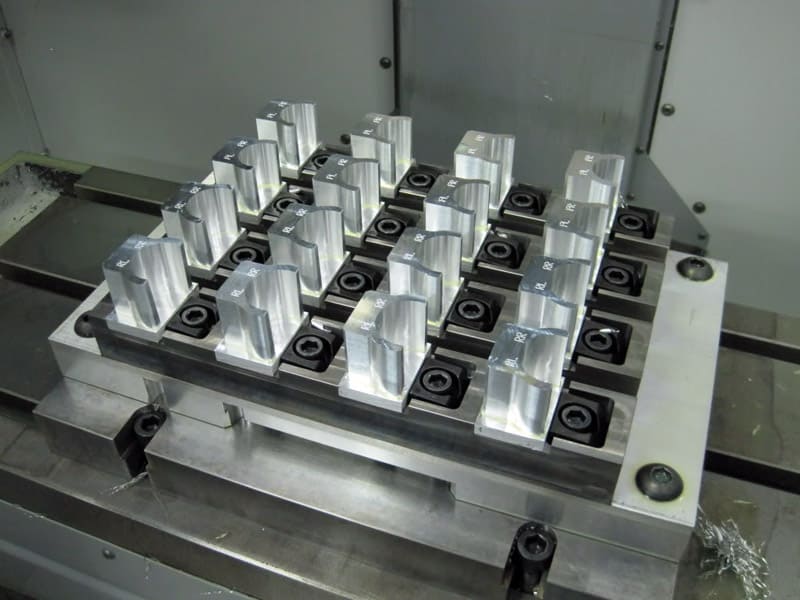
What type of materials can you machine with CNC Fixtures?
| Material Type | Description | Recommended Fixture Types |
|---|---|---|
| Aluminum | Lightweight and corrosion-resistant, ideal for aerospace or automotive parts. | CNC fixtures prevent warping during high-speed milling. |
| Steel | Durable for industrial components. | Hydraulic or vise-based fixtures ensure rigid clamping to handle heavy cutting forces in machine tools. |
| Titanium | Demands precision for medical implants. | Vacuum or modular fixtures minimize vibration in delicate machining. |
| Brass/Copper | Used in electrical components. | Soft jaws or custom fixtures avoid surface marring during intricate cuts. |
| PEEK/Nylon | Common in medical devices. | Low-clamping-pressure fixtures (pneumatic) prevent deformation. |
| Carbon Fiber | Aerospace-grade strength. | Vacuum fixtures secure layers without delamination during drilling or trimming. |
| Acrylic/ABS | For prototypes or consumer goods. | Non-marking clamps and adhesive-backed fixtures maintain finish quality during the production process. |
| Ceramics | Brittle but heat-resistant. | Custom CNC fixtures with cushioned supports reduce fracture risks during grinding, ensuring a smoother production process. |
| Wood | Used in decorative or functional parts. | T-slot fixtures or vacuum tables enable stable carving without splintering. |
| Exotic Alloys | (Inconel, Hastelloy) Extreme environments require hardened fixtures to withstand heat and abrasion. | Hardened fixtures for durability and stability under extreme conditions. |
Metals
- Aluminum: Lightweight and corrosion-resistant, ideal for aerospace or automotive parts. CNC fixtures prevent warping during high-speed milling.
- Steel: Durable for industrial components. Hydraulic or vise-based fixtures ensure rigid clamping to handle heavy cutting forces.
- Titanium: Demands precision for medical implants. Vacuum or modular fixtures minimize vibration in delicate machining.
- Brass/Copper: Used in electrical components. Soft jaws or custom fixtures avoid surface marring during intricate cuts.
Plastics & Composites
- PEEK/Nylon: Common in medical devices. Low-clamping-pressure fixtures (pneumatic) prevent deformation.
- Carbon Fiber: Aerospace-grade strength. Vacuum fixtures secure layers without delamination during drilling or trimming.
- Acrylic/ABS: For prototypes or consumer goods. Non-marking clamps and adhesive-backed fixtures maintain finish quality.
Specialty Materials
- Ceramics: Brittle but heat-resistant. Custom CNC fixtures with cushioned supports reduce fracture risks during grinding.
- Wood: Used in decorative or functional parts. T-slot fixtures or vacuum tables enable stable carving without splintering.
- Exotic Alloys (Inconel, Hastelloy): Extreme environments require hardened fixtures to withstand heat and abrasion.
Applications of CNC fixtures
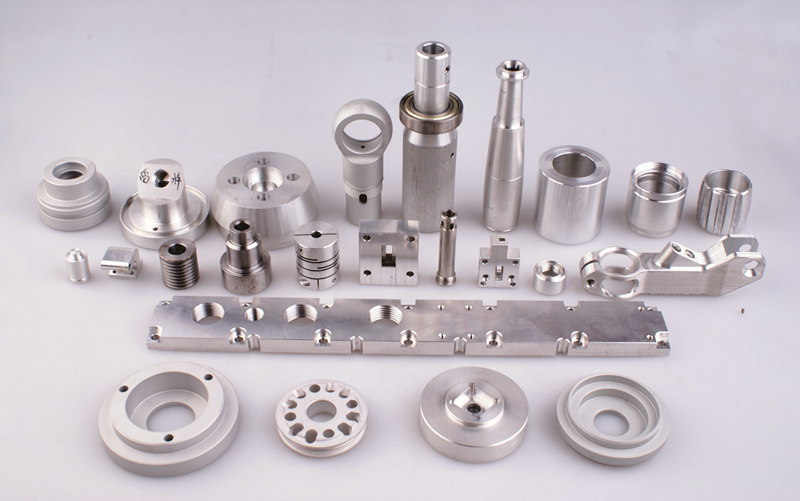
Automotive Manufacturing CNC fixture
- Engine Blocks: CNC fixtures like tombstone systems enable multi-sided machining for high-volume production, ensuring consistent bore tolerances.
- Transmission Components require precision tooling plates for effective assembly.: Hydraulic fixtures clamp heavy-duty parts during gear cutting, reducing vibration for smoother finishes.
- Custom Brackets: Modular fixtures allow rapid swaps between models, slashing downtime in mixed-line assembly.
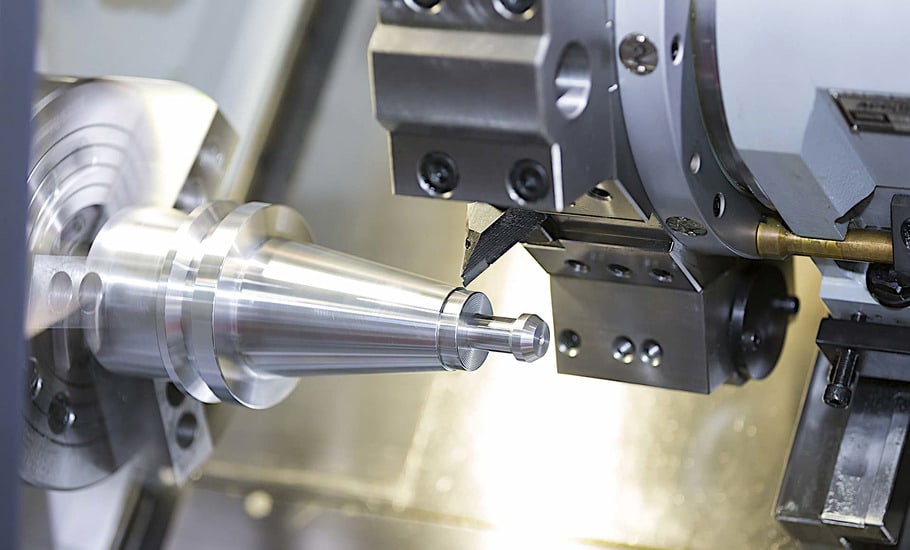
Aerospace Engineering CNC fixture
- Turbine Blades: Precision CNC fixtures secure nickel alloys during 5-axis milling, meeting ultra-tight aerodynamic specs.
- Composite Panels: Vacuum fixtures hold carbon fiber layers without crushing, critical for lightweight structural integrity.
- Landing Gear: Rigid, high-force fixtures stabilize titanium parts during grinding to withstand extreme stress loads.
Medical Device Production CNC fixture
- Surgical Implants often utilize custom jigs for precise alignment during assembly.Custom CNC fixtures grip biocompatible materials (e.g., PEEK) without marring during micro-milling, showcasing the importance of understanding CNC fixtures.
- Diagnostic Tools: Quick-change fixtures streamline small-batch runs of intricate components like fluidic channels.
- Prosthetics: Adjustable fixtures accommodate patient-specific geometries, ensuring repeatability across bespoke designs.
What to Know When You Want to Design or Use CNC Fixture
Designing or using CNC fixtures isn’t just about clamping a part and hitting “start.” Think of it like building a foundation for a house—get it wrong, and everything wobbles. Start by understanding your part’s unique needs: Is it delicate like a medical implant, or heavy like an engine block? The material, geometry, and machining forces will dictate whether you need a vacuum fixture’s gentle grip or a hydraulic clamp’s brute strength.
Next, prioritize simplicity in your jigs and fixtures design to enhance usability. Over-engineered fixtures waste time and money. A modular CNC fixture might solve 80% of your problems with reusable parts, while a custom tombstone fixture could be worth the investment for high-volume runs. Always test with scrap material first—because discovering a vibration issue mid-production is like realizing your parachute has holes in the manufacturing process. after jumping.
Finally, collaborate with your machinists. They’ll tell you if a fixture blocks tool paths or takes ages to load. And don’t forget maintenance: even the toughest CNC fixtures need cleaning and calibration to avoid becoming a shop-floor paperweight. The goal? To optimize the manufacturing process through innovative jigs and fixtures. A setup so seamless that the fixture fades into the background, letting your CNC machine do what it does best: make perfect parts, fast.
Top 10 CNC fixtures brands you should know
| Manufacturer | Main Product | Why It’s Top |
|---|---|---|
| Kurt Manufacturing | Kurt DX6 AngLock Vise | Unmatched rigidity and precision for heavy-duty milling can be achieved through specialized fixture plates. |
| Jergens | Ball Lock® Modular Fixturing | Lightning-fast setup changes for high-mix production. |
| Lang Technik | Lang Quick-Point Vacuum Fixtures | Secures composites and metals without surface damage. |
| Carr Lane Manufacturing | CLM Hydraulic Clamps | Affordable, customizable clamping for diverse applications. |
| Gerardi | Gerardi Flexible Pallet Systems | Reduces downtime in high-mix, low-volume shops. |
| Raptor Workholding | Raptor Magnetic Fixtures | Instant magnetic grip for ferrous metals, no bolts needed, making it an effective workholding solution. |
| Mitee-Bite | Pitbull Edge Clamps | Holds tiny or odd-shaped parts with minimal footprint. |
| Schunk | Schunk Tendo Hydraulic Chucks | High-force clamping for automotive and aerospace. |
| Hirschmann Engineering | Hirschmann Vacuum Plates | Protects fragile materials like plastics during machining. |
| 5th Axis | 5th Axis Modular Fixturing Kits | Turns standard machines into multi-tasking giants. |
Kurt Manufacturing
Kurt Manufacturing has set the gold standard in CNC vises with their iconic DX6 AngLock Vise. Known for its rock-solid rigidity and repeatability, this vise excels in heavy-duty milling applications, from aerospace components to automotive molds. Its self-centering design and hardened steel construction ensure parts stay locked in place, even under aggressive cutting forces.
Jergens
Jergens revolutionized modular workholding with their Ball Lock® system, a game-changer for shops juggling complex, small-batch jobs. Their fixtures allow machinists to swap components in seconds using a simple ball-lock mechanism, slashing setup times and keeping production lines agile. It’s the go-to solution for prototyping and high-mix environments.
Lang Technik
Lang Technik’s Quick-Point vacuum fixtures are a lifeline for aerospace shops machining delicate composites or high-performance alloys. These German-engineered systems use precision vacuum channels to secure materials without clamps or bolts, eliminating surface damage while maintaining airtight stability during high-speed machining.
Carr Lane Manufacturing
Carr Lane Manufacturing offers versatile hydraulic clamps and custom plates that balance affordability with industrial-grade durability. Their CLM Hydraulic Clamps are praised for leak-free performance and adaptability, making them a staple in job shops tackling everything from steel forgings to intricate aluminum parts.
Gerardi
Gerardi’s Flexible Pallet Systems are the secret weapon for high-mix manufacturers, enhancing their workholding solution. These Italian-designed pallets allow rapid fixture changes without recalibration, turning hours of downtime into minutes. Ideal for medical device or automotive suppliers needing to pivot between jobs seamlessly.
Raptor Workholding
Raptor Workholding’s magnetic fixtures are a bolt-free marvel for milling ferrous metals. Their systems use powerful neodymium magnets to instantly secure parts, freeing machinists from tedious bolting and speeding up tasks like surface grinding or contouring.
Mitee-Bite
Mitee-Bite specializes in compact, innovative clamps like the Pitbull Edge Clamp, designed to grip tiny or irregular parts without hogging valuable machine tool space. Their solutions are a favorite for electronics and medical industries where precision and minimal footprint are non-negotiable.
Schunk
Schunk’s Tendo Hydraulic Chucks deliver brute-force clamping for demanding sectors like automotive and aerospace. Built in Germany, these chucks combine hydraulic power with micron-level accuracy, ensuring parts stay put during high-torque machining of tough materials like Inconel or titanium.
Hirschmann Engineering
Hirschmann Engineering’s vacuum plates are the guardian angels of fragile materials. Perfect for machining plastics or carbon fiber, these fixtures use adjustable suction zones to hold parts gently yet firmly, preventing cracks or warping without adhesive or clamps.
5th Axis
5th Axis transforms standard CNC machines into multi-tasking beasts with their modular fixturing kits. These kits let shops machine multiple sides of a part in one setup, slashing cycle times and boosting throughput—ideal for prototyping shops and R&D teams pushing the limits of innovation.
Consider Partnering with XMAKE
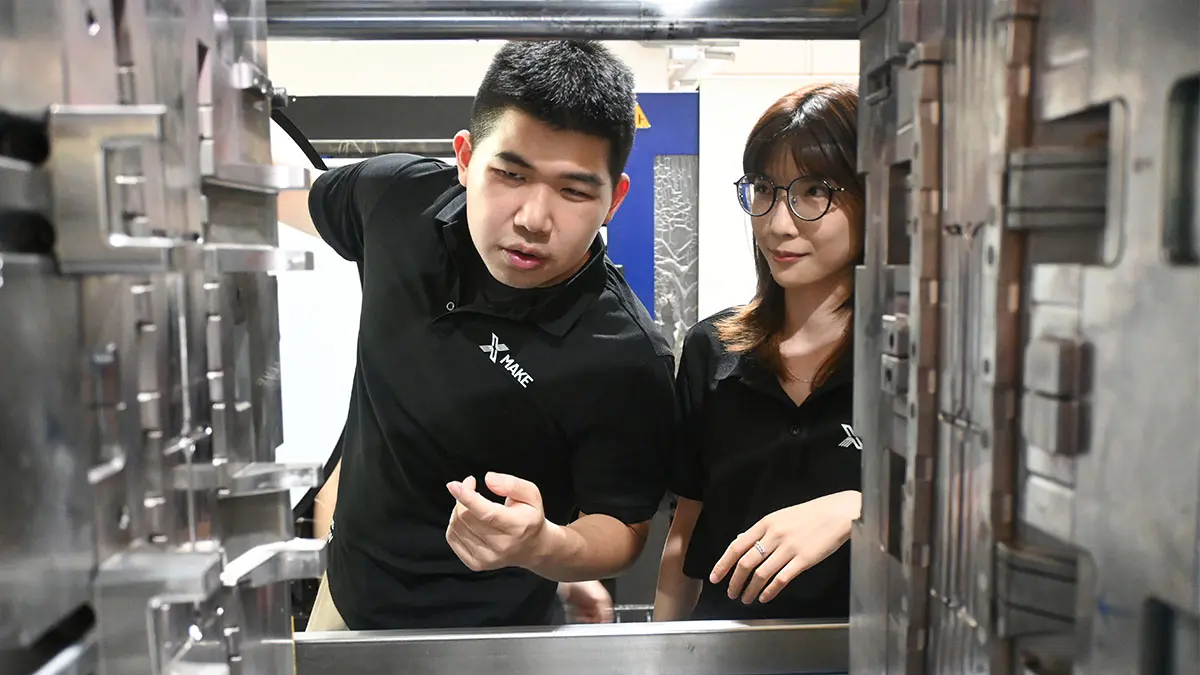
XMAKE is the world’s leading digital manufacturing platform, capable of producing and machining several drone key components. PDW, one of the best military drone manufacturers in the US, and EHang, a leader in unmanned intelligent transport research and development in China, are our long-term partners.If you are concerned about the durability, tight tolerances, machining technology requirements, and other aspects of drone parts, you should contact XMAKE. We can help you solve these problems.
FAQ
Q:How Is A CNC Fixture Different from A Jig?
A: A CNC fixture holds the workpiece in place during machining, ensuring stability and repeatability. A jig, however, guides the cutting tool itself (e.g., drill bushings for hole patterns). While both secure parts, fixtures focus on resisting machining forces, while jigs control tool movement. Think of a fixture as a steadfast anchor and a jig as a GPS for your cutter—both critical, but with distinct roles.
Q:How to choose the right CNC fixture for my application?
A: Start with three factors: material, part geometry, and production volume. For metals like steel, opt for rigid hydraulic or vise-based CNC fixtures. Delicate plastics? Vacuum or low-pressure pneumatic systems prevent crushing. High-mix shops benefit from modular fixtures for quick swaps, while mass production demands tombstone or custom fixtures. Always match the fixture’s clamping force and adaptability to your machine’s capabilities—overkill costs money, underkill costs quality.
Q:Do I Need a Custom CNC Fixture?
A: Custom CNC fixtures shine when your part has complex geometries, tight tolerances, or unique mounting challenges (e.g., asymmetrical aerospace components). They’re also worth it for high-volume runs where seconds per cycle add up. But for prototypes or simple shapes, modular or off-the-shelf fixtures often suffice. Rule of thumb: If tweaking a standard fixture eats more time than machining the part itself, go custom. Just factor in lead time and cost—it’s an investment, not a Band-Aid.
References
- “Jigs and Fixtures Design Manual” by Prakash H. Joshi. A foundational textbook covering principles of fixture design, material considerations, and applications across industries. Ideal for understanding the engineering behind CNC fixtures.
- Tool and Manufacturing Engineers Handbook.SME’s authoritative guide dives into workholding strategies, fixture classifications, and best practices for optimizing CNC machining processes.
- Sandvik Coromant – “Modern Metal Cutting: A Practical Handbook”This industry-leading resource includes sections on fixture selection, clamping force calculations, and avoiding vibration in high-speed machining.
- Jergens Inc. – “The Ultimate Guide to Workholding”. A practical whitepaper by Jergens, detailing modular fixture systems, cost-benefit analysis, and case studies for small-batch vs. mass production.
- Carr Lane Manufacturing – “Clamping and Workholding Technology Guide”A comprehensive manual covering hydraulic, pneumatic, and vacuum fixtures, with tips for balancing precision, speed, and cost.


